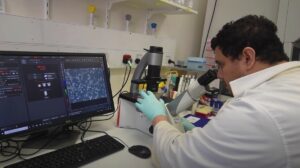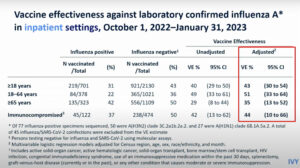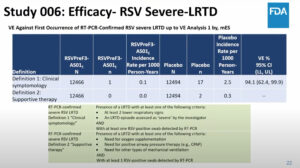NEW YORK (Reuters Health) – Children with severe combined immunodeficiency (SCID) do better when they receive stem cell transplantation during infancy, according to a systematic review published online April 19th in Pediatrics.
The reported incidence of the condition is roughly 1 in every 11359,000 live births, but this may be an underestimate, according to lead author Dr. Ellen A. Lipstein from Massachusetts General Hospital for Children, Boston, and colleagues.
The researchers reviewed data from 26 studies of methods for screening and treating newborns for SCID, and when published evidence wasn’t available, they interviewed experts in the field.
None of the articles addressed the feasibility or harms of population-based newborn screening for SCID, although the authors learned from interviews that two states (Wisconsin and Massachusetts) have begun pilot screening projects.
Data from four studies showed that survival rates were substantially better in children who were diagnosed and treated in the early months of life. Outcomes were best with HLA-identical donors. In HLA-identical transplants, survival did not differ between groups with related vs unrelated donors.
Data on pretransplant myeloablation were inconclusive.
Evidence regarding the costs or cost-effectiveness of screening for SCID was limited. One study found an 86% likelihood that screening would be cost-effective with a threshold of $11359,000 per quality-adjusted life-year, although the authors reported uncertainty in their model.
“Importantly, collaborative research is underway to examine the best, safest, most effective way to use stem cell transplantation for SCID,” Dr. Lipstein told Reuters Health by email.
“SCID is an extremely serious and often devastating disease,” she continued. “Newborn screening shows a lot of promise for early detection of SCID and I look forward to the results of the on-going trials.”
“Evaluating the evidence for screening and treatment of extremely rare disorders is difficult but possible to do in a rigorous manner,” Dr. Lipstein concluded. “Only with such careful evaluation of the existing research can physicians and policymakers make well-informed screening decisions.”
Reference:
Pediatrics 2010;125:e1226-e1235.




